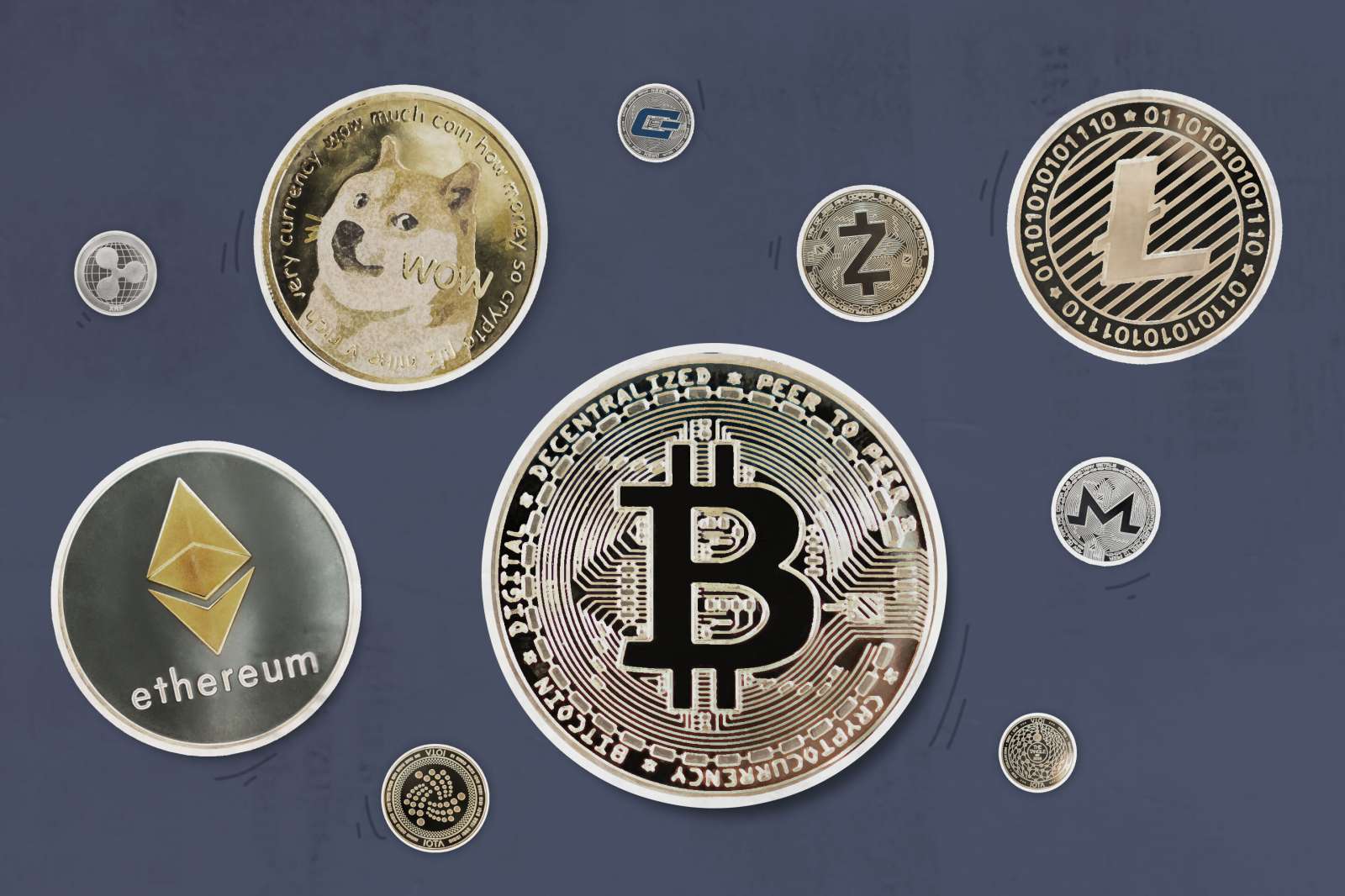The difference between currency contracts and futures
- 王林Original
- 2024-07-02 09:40:57929browse
Cryptocurrency contracts and futures are different derivatives. The main differences are settlement methods and leverage multiples. The contract uses spread settlement, with high leverage and high risk, and is suitable for investors with high risk tolerance; futures use physical delivery, with low leverage and relatively small risk, and is suitable for investors with low risk tolerance.

The difference between currency circle contracts and futures
Let’s get straight to the point
Cryptocurrency contracts and futures are two different financial derivatives. The main difference lies in the settlement method and leverage multiple.
Detailed answer
1. Settlement method
- Contract: The contract adopts spread settlement, and the buyer and seller do not need to actually deliver the underlying assets, but only settle the price increase or decrease.
- Futures: Futures are settled by physical delivery. When expiration, both the buyer and the seller must deliver the underlying assets in accordance with the contract.
2. Leverage multiple
- Contract: The contract leverage multiple is usually high, up to dozens or even hundreds of times.
- Futures: Futures leverage is usually low, generally around 10 times.
3. Trading mechanism
- Contract: Contracts are traded on exchanges and adopt a margin system.
- Futures: Futures can also be traded on exchanges, but the trading mechanism is more complex and involves the buying and selling, position holding, and delivery of futures contracts.
4. Risks
- Contract: Due to the high leverage ratio of the contract, the risk is relatively high, and you may face the risk of liquidation.
- Futures: Due to the low leverage of futures, the risk is relatively small, but there are volatility risks and delivery risks.
5. Applicable people
- Contract: Suitable for investors with strong risk tolerance and pursuit of high returns.
- Futures: suitable for investors with weak risk tolerance and pursuing stable returns.
The above is the detailed content of The difference between currency contracts and futures. For more information, please follow other related articles on the PHP Chinese website!
Related articles
See more- Which of the top ten USDT exchanges in the world is legitimate? Take stock of the top 10 reliable USDT buying platforms
- What does CZ mean? Who is CZ often mentioned in the currency circle?
- The latest official website version of ZB Exchange is the official website of ZB Exchange.
- Ranking of the top 100 currency exchanges, which app of the currency trading platform is reliable?
- What do you need to know to enter the currency circle?

